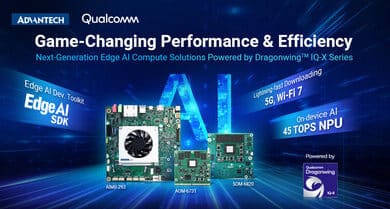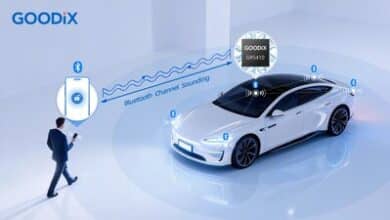At the cutting edge of AI technology, Netherlands-based neuromorphic chip innovator Innatera is thrilled to announce they’ve exceeded their Series A funding round goals. A fresh injection of $21 million will fuel the company’s push to pioneer mass production of hyper-efficient neuromorphic processors. This investment aims to propel the technology to one billion devices by 2030, solidifying Innatera’s leadership in energy-efficient computing solutions.
The power of 21 Million Dollars
The investment includes an initial round of $16 million and an impressive $5 million from new partners. The extension was led by Innavest and InvestNL, joining a roster of initial investors include EIC Fund, MIG Capital, Matterwave Ventures, and Delft Enterprises. The support from investors underlines the immense potential of our neuromorphic processors, Innatera’s CEO Sumeet Kumar said. It gives us the financial shot in the arm needed to accelerate towards mass production and meet the growing demand for energy-efficient computing solutions.
Differentiated edge AI technology
Innatera’s innovative Spiking Neural Processor T1, revealed in January 2024, is a beacon of energy-efficient artificial intelligence for sensor-edge applications. By applying their proprietary event-driven computing engine alongside a conventional CNN accelerator and RISC-V CPU, the company has produced an ultra-low power product for battery-powered devices. This groundbreaking technology promises to revolutionize AI processing at the edge, offering unprecedented efficiency and performance in real-world environments. The growing interest in this technology is underscored by the oversubscription of their recent Series-A funding round, highlighting the eagerness of the tech world to adopt energy-efficient at the edge. Driven by an expanding sensors market and sustainability concerns, this signals a paradigm shift in large volume data processing towards more sustainable and efficient solutions.
Accelerating towards a billion devices
Innatera’s innovative Spiking Neural Processor T1, revealed in January 2024, is a beacon of energy-efficient artificial intelligence for sensor-edge applications. By applying their proprietary event-driven computing engine alongside a conventional CNN accelerator and RISC-V CPU, the company has produced an ultra-low power product for battery-powered devices. This groundbreaking technology promises to revolutionize processing at the edge, offering unprecedented efficiency and performance in real-world environments. The growing interest in this technology is underscored by the oversubscription of their recent Series-A funding round, highlighting the eagerness of the tech world to adopt energy-efficient AI at the edge. Driven by an expanding sensors market and sustainability concerns, this signals a paradigm shift in large volume data processing towards more sustainable and efficient solutions.
Driving innovation: Innatera’s vision for transformative AI in everyday life
This extra funding pushes Innatera closer to its ambitious goal of delivering intelligence to a billion devices by 2030, positioning the company as a pioneer in the artificial intelligence semiconductor landscape. Innatera is already seeing traction for its neuromorphic technologies increase as vendors begin to develop true edge AI applications independent of the cloud. Increasing concerns about privacy and latency are steering customers towards these new neuromorphic solutions, further solidifying Innatera’s role in shaping the future of artificial intelligence at the edge.
Further strengthening its growth, the company recently appointed former Apple VP Duco Pasmooij to its advisory board. Innatera’s important work in developing artificial intelligence solutions that integrate seamlessly into our world is making our environment smarter, safer, and cleaner. With this newfound capital, they aim to accelerate innovation and expand their influence in the AI semiconductor industry, potentially transforming how technology interfaces with everyday life on a global scale.
To explore more about Innatera and their revolutionary offering, please visit innatera.com.
We encourage readers to learn more about this dynamic venture and join the conversation on neuromorphic technology. Share your own thoughts and insights – what does the future hold for neuromorphic processors in the world of artificial intelligence ?



